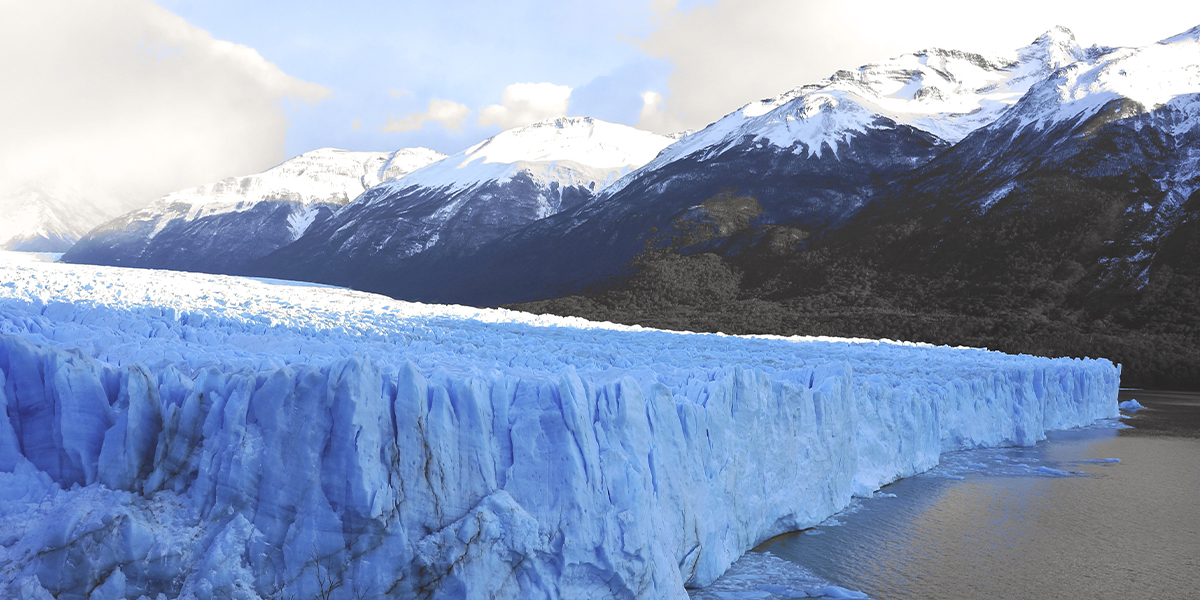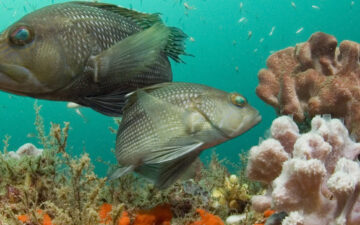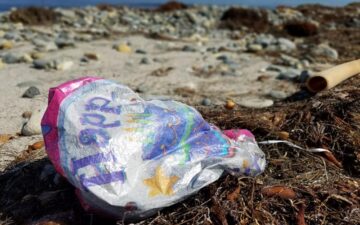On September 25, the Intergovernmental Panel on Climate Change released its “Special Report on the Ocean and Cryosphere in a Changing Climate” (the Ocean and Ice Report) to report on observed physical changes to the ocean and related ecosystems. Read our press release here.
Comprehensive and meticulous reports from the scientific community are invaluable and provide essential information about our planet and what is at stake. The Ocean and Ice Report shows that human activities significantly disrupt the ocean and have already caused irreversible changes. The report also reminds us of our connection to the ocean. At The Ocean Foundation, we know it’s important for all of us to not only understand what the current ocean issues are, but to also understand how we can each improve ocean health by making conscious choices. We can all do something for the planet today!
Here are some key takeaways of the Ocean and Ice Report.
Abrupt changes are unavoidable in the next 100 years due to human carbon emissions that have already entered the atmosphere from cars, planes and factories.
The ocean has absorbed more than 90% of excess heat in the earth’s system since the Industrial Revolution. It is already going to take thousands of years for the ice in Antarctica to form again, and increasing ocean acidification is certain as well, exacerbating the effects of climate change in coastal ecosystems.
If we do not reduce emissions now, our capacity to adapt will be much more inhibited in future scenarios. Read our guide to reduce your carbon footprint if you want to learn more and do your part.
1.4 billion people currently live in regions that are directly affected by risks and hazards of changing ocean conditions, and will be forced to adapt.
1.9 billion people live within 100 Kilometers of a coastline (about 28% of the world’s population), and coasts are the most densely populated regions on earth. These societies will continue to have to invest in nature-based buffering, as well as making built infrastructure more resilient. Coastal economies are also being affected across the board – from trade and transport, food and water supplies, to renewable energy, and more.
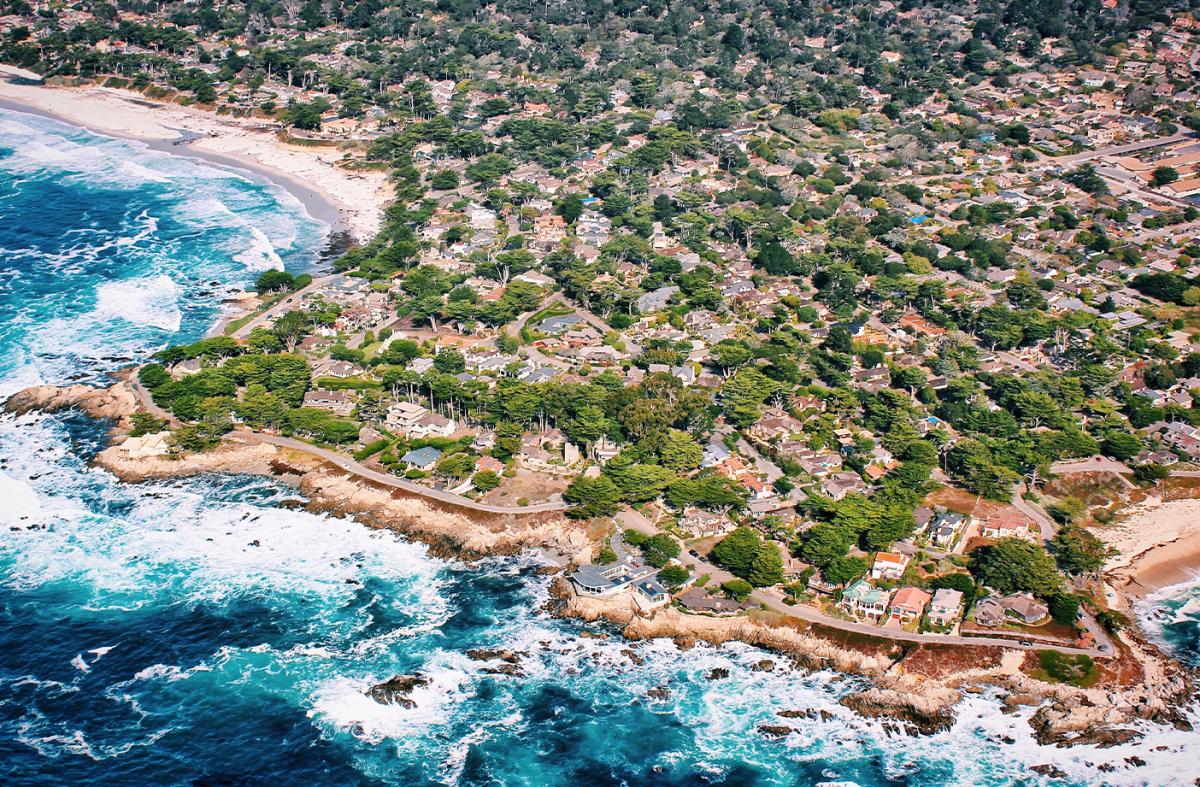
We are going to see extreme weather for the next 100 years.
The ocean plays a significant role in regulating climate and weather, and the report predicts additional shifts from what we already currently experience. We will anticipate increased marine heatwaves, storm surges, extreme El Niño and La Niña events, tropical cyclones, and wildfires.
Human infrastructure and livelihoods will be jeopardized without adaptation.
In addition to extreme weather, saltwater intrusion and flooding pose a threat to our clean water resources and existing coastal infrastructure. We will continue to experience declines in fish stocks, and tourism and travel will be limited as well. High mountain areas will be more susceptible to landslides, avalanches, and floods, as slopes destabilize.
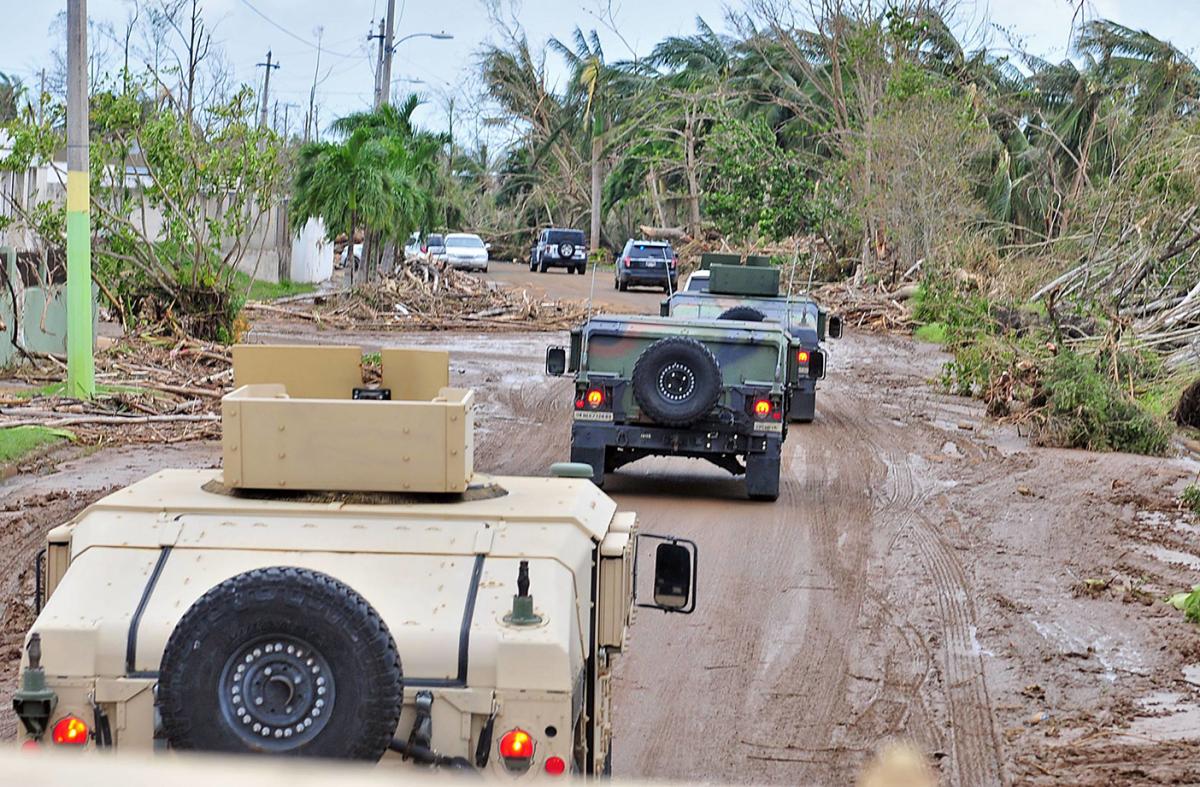
Reducing human damage to the ocean and cryosphere could save the global economy more than a trillion dollars annually.
Declines in the ocean’s health are projected to cost $428 billion per year by 2050, and will soar to $1.979 trillion dollars per year by 2100. There are few industries or built infrastructure that would be unaffected by future changes.
Things are developing faster than what was previously predicted.
Thirty years ago, the IPCC released its first report that studied the ocean and cryosphere. Developments like observed sea level rise were not anticipated to be seen in the same century as the original report, yet, they are developing faster than predicted, along with ocean heat uptake.
Many species are at risk for significant population decline and extinction.
Changes in ecosystems, such as ocean acidification and sea ice loss, have caused animals to migrate and interact with their ecosystems in new ways, and have been observed adopting new food sources. From trout, to kittiwakes, to corals, adaptation and conservation measures will determine the survival for many species.
Governments need to maintain an active role in reducing disaster risks.
From global collaboration to local solutions, governments need to increase their efforts toward resilience, be leaders in cutting carbon emissions, and protect their local environments rather than continue to allow exploitation. Without increased environmental regulation, humans will struggle to adapt to the earth’s changes.
Melting glaciers in high mountain areas affect water resources, tourism industries, and land stability.
Warming of the earth and the permanent melting of glaciers reduces a source of water for people who depend on it, both for drinking water and to support agriculture. It also will affect ski towns that depend on tourism, especially because avalanches and landslides are likely to become more common.
Mitigation is cheaper than adaptation, and the longer we wait to act, the more expensive both will be.
Protecting and conserving what we currently have is an easier and more affordable option than adapting to future changes after they occur. Coastal blue carbon ecosystems, such as mangroves, salt marshes and seagrasses, can help reduce the risks and impacts of climate change, with multiple co-benefits. Restoring and conserving our coastal wetlands, prohibiting deep sea mining, and reducing greenhouse gas emissions are three ways we can change the status quo. The report also concludes that all measures will be more affordable, the sooner and more ambitiously we act.
To access the full report, go to https://www.ipcc.ch/srocc/home/.
